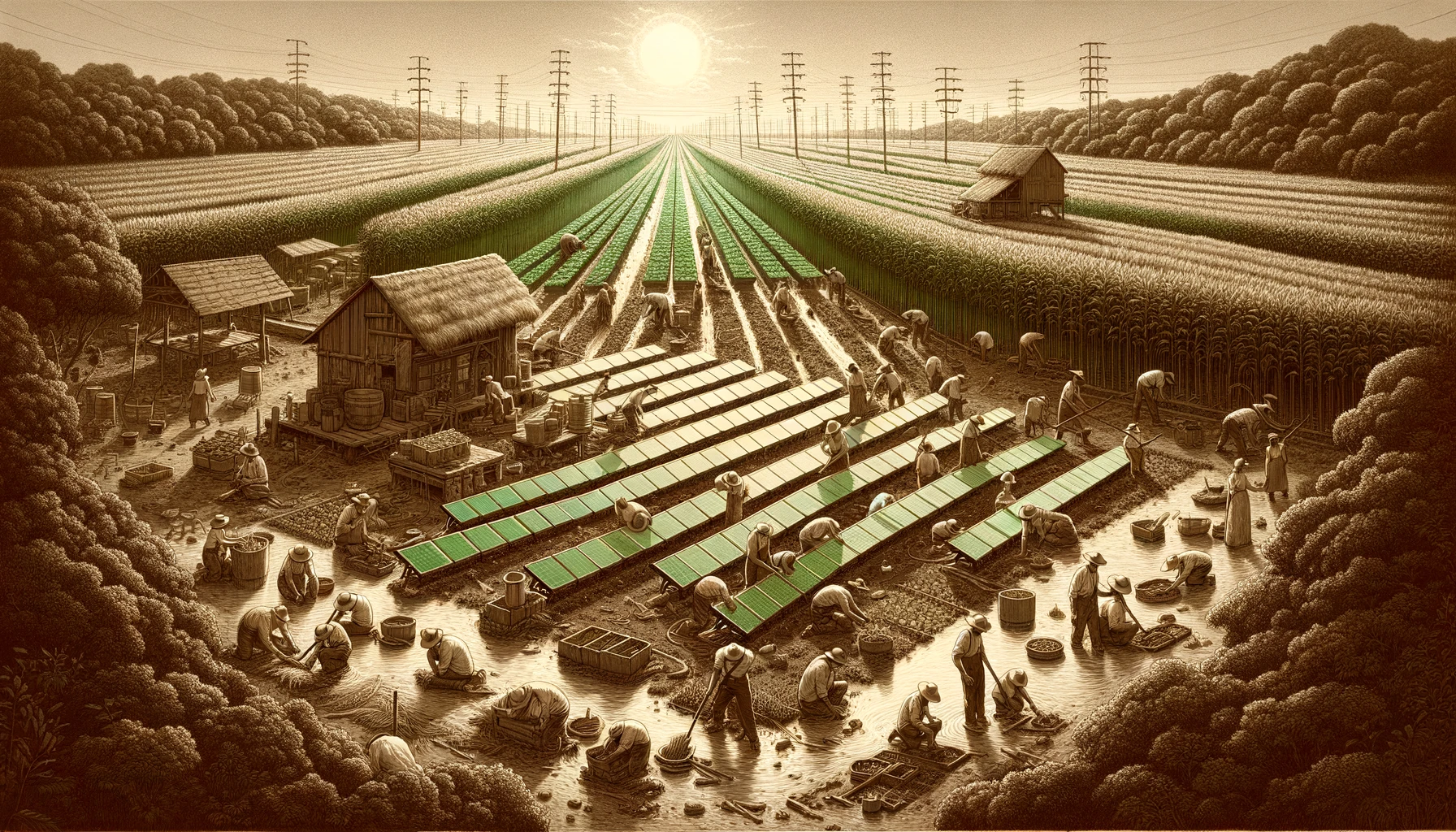While technology may change, human behavior does not. At least, that’s what reading the collection of Aesop’s Fables suggests. The characters and motivations in the parables, attributed to Aesop after he died in 564 BCE, remain relevant today.
Aesop 2021 projects these well-known (and not-so-known) stories into an age only a stone’s throw from our own. When cynicism and pessimism abound, hope becomes a rebellious act against the tyranny of the default. Each story recasts a fable’s lesson from our upcoming solarpunk future as a software tale.
The Aesop 2021 project is part of the Never Break the Chain March Writing Challenge. The original sources were translated by George Fyler Townsend and provided under the Project Gutenberg license. Addition reference provided by a Library of Congress interactive book adapted from the public domain book “The Aesop for Children: with Pictures by Milo Winter,” published by Rand, McNally & Co in 1919.
Below is the latest installment.

A Father farmed with his family of Sons beyond where the commuter rail ends, the vast expanses where the permaculture systems cover kilometers. The Sons constantly bickered over everything from plot use to energy application, and nothing the Father said did any good.
One day, when the Sons were nearly at each other’s throats, the Father asked each of them to bring him a solar module under repair. He had them run a meter over it and noted the charge. He then had them remove the photovoltaic shingles for each of his Sons to read one by one. The energy was a fraction of the panel when it was even detectable.
“United,” said the Father, “we have power. Together, these shingles shade the crops when the sun is harsh and take the worst of the hail when it storms. We irrigate less and feed more. If you let others divide you, you’re no stronger than a single shingle in that array - something people of the old ways will use against you.”
Original Fable
A certain Father had a family of Sons, who were forever quarreling among themselves. No words he could say did the least good, so he cast about in his mind for some very striking example that should make them see that discord would lead them to misfortune.
One day when the quarreling had been much more violent than usual and each of the Sons was moping in a surly manner, he asked one of them to bring him a bundle of sticks. Then handing the bundle to each of his Sons in turn he told them to try to break it. But although each one tried his best, none was able to do so.
The Father then untied the bundle and gave the sticks to his Sons to break one by one. This they did very easily.
“My Sons,” said the Father, “do you not see how certain it is that if you agree with each other and help each other, it will be impossible for your enemies to injure you? But if you are divided among yourselves, you will be no stronger than a single stick in that bundle.”
Moral of the Stories
In software, as in life, individuals can withstand challenges and adversities much better when they work together and support one another. Embracing a diversity of opinions and experiences will mean there will be conflict. However, our energies are better served by discovering peaceful ways of compromise and resolution rather than division and escalation. There is strength in unity.



